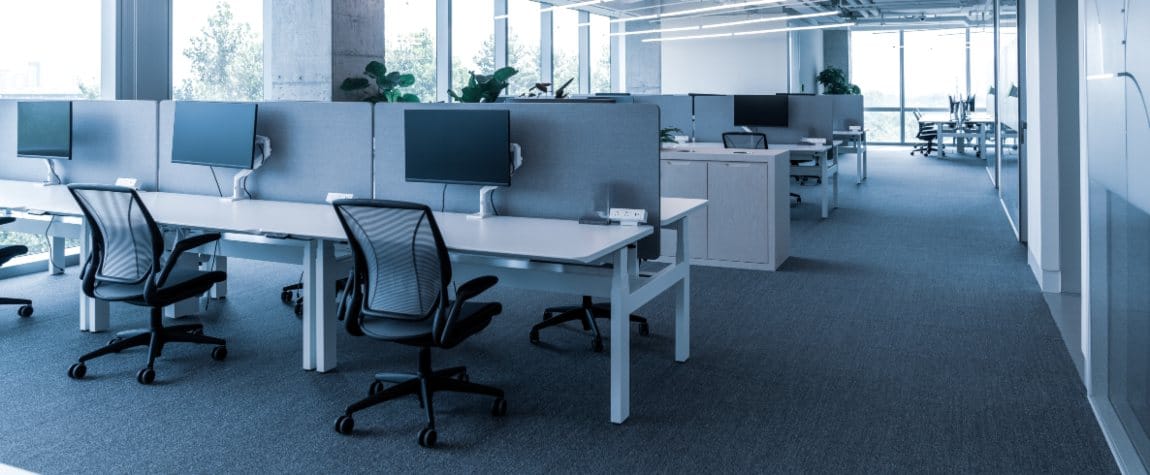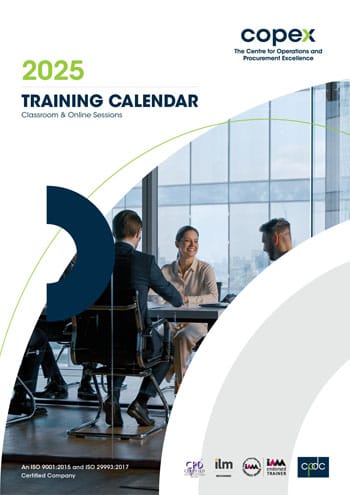
Efficient Desk Layouts to Boost Workplace Focus
4 mins readDesign a workspace that supports productivity, reduces mental clutter, and enhances executive performance
In today’s high-paced corporate world, executives are inundated with back-to-back meetings, strategic decision-making responsibilities, and tight deadlines. Amid these demands, an often-overlooked productivity tool is right under their fingertips—their desk layout. The physical layout of an executive’s workspace profoundly influences focus, task efficiency, and mental clarity. Just like a well-oiled machine, an organized desk enables streamlined workflows, quick access to critical tools, and minimized distractions.
In this article, we explore how desk arrangement affects cognitive performance, highlight layout strategies backed by science and ergonomics, and provide tailored tips for executives looking to enhance their work environment for better focus and productivity.
The Psychology Behind Desk Organization
A cluttered desk often reflects and reinforces a cluttered mind. According to environmental psychology, physical environments impact cognition, stress levels, and behavior. Visual distractions, disorder, and chaotic desk setups can trigger cognitive overload, increase stress hormones like cortisol, and decrease decision-making efficiency.
Neuroscience research shows that every object in your field of view competes for neural processing power. That means a messy desk not only distracts you visually—it drains mental energy even when you’re not directly interacting with the clutter.
A well-organized desk layout supports:
- Mental clarity
- Faster decision-making
- Improved time management
- Better mood and reduced anxiety
- Professional presentation to others
Principles of an Effective Desk Layout
To boost productivity, reduce friction in your daily workflow, and maintain a professional image, your desk layout should embody three principles: clarity, accessibility, and ergonomics.
- Clarity – The Less-Is-More Approach
Keep only essentials on your desk: your computer, phone, notepad, a pen, and perhaps one or two personal touches. Minimize paper clutter by going digital where possible. Store inactive files and office supplies out of sight.
- Accessibility – Tools Within Reach
Frequent-use items like calendars, chargers, or reference materials should be within arm’s reach. Items you use less often can go into drawers or shelves. This reduces unnecessary movement and saves time.
- Ergonomics – Health Supports Focus
Your chair height, screen placement, keyboard angle, and lighting all impact your physical comfort and endurance. A poor ergonomic setup leads to fatigue, back pain, and mental burnout. Invest in adjustable chairs, monitor stands, and natural lighting where possible.
Ideal Desk Layout Types for Executive Roles
Not all desks are created equal. Executives should choose a desk layout that aligns with their work style, space availability, and organizational needs. Here are three layout archetypes that support workplace focus:
-
The Minimalist Layout
Best for: Executives who thrive on visual simplicity and quick task switching.
- Features: Clean desktop with only a laptop, notebook, and phone. Hidden cable management. Drawer organizers.
- Benefits: Reduces distractions, perfect for mobile executives using cloud storage and digital task apps.
-
The Task-Zoned Layout
Best for: Leaders who juggle multiple roles like reviewing reports, attending virtual meetings, and brainstorming.
- Features: Designated zones for laptop use, note-taking, and printed materials. Vertical filing trays. Dual monitors.
- Benefits: Enhances task switching without losing structure.
-
The Collaborative Layout
Best for: Executives who host impromptu meetings or need face-to-face collaboration frequently.
- Features: Larger desk surface with chairs across or beside. Dedicated space for shared documents. Whiteboard or digital display nearby.
- Benefits: Encourages teamwork and enhances leadership presence.
How Desk Layout Supports Executive Planning
Effective executives are master planners. Whether scheduling board meetings or coordinating departmental projects, their workspaces must accommodate strategic thinking. An optimized desk layout can support this by:
- Keeping reference materials easily accessible
- Creating space for visual planning tools like calendars or Gantt charts
- Allowing seamless integration of both digital and paper-based planning tools
- Supporting quiet zones for focused deep work and ideation
For executives looking to build sustainable planning habits, enrolling in the Certified Professional Planner Course can provide the frameworks and tools to elevate strategic execution.
Desk Layout and Time Management Synergy
Time management begins at your workspace. When everything has a place, and every tool is within reach, you save micro-minutes that accumulate into real productivity gains.
Try these time-saving workspace adjustments:
- Keep a visible clock or digital timer on your desk
- Designate a “quick task” tray for 5-minute jobs
- Use a vertical dry-erase board for weekly priorities
- Apply the 1-Touch Rule: Touch each document or email once and act immediately
A well-structured desk enables high-performing leaders to implement priority systems more efficiently. You can learn more about optimizing planning and delegation in the Successful Planning, Organising & Delegating Course.
Tools and Accessories to Enhance Desk Efficiency
In addition to layout, the tools you use can enhance—or hinder—workflow. Consider investing in:
- Monitor stands to maintain ergonomic eye levels
- Drawer organizers to sort stationery and personal items
- Cable management systems to reduce clutter
- Desk lamps with adjustable lighting to reduce eye strain
- Document stands to reduce neck fatigue when reading
Bonus Tip: Use color coding for folders and files to reduce time spent searching through piles.
Remote Work: Adapting Desk Layouts for Hybrid Executives
With the rise of remote and hybrid work environments, the executive desk isn’t always in a corner office. Many professionals now juggle home and office spaces, making consistency crucial.
For hybrid leaders:
- Replicate your setup at both locations (same mouse, monitor, keyboard layout)
- Use cloud-based task managers and notes
- Keep a go-bag with essentials for on-the-go planning
This adaptability allows continuity in productivity no matter where you work.
Creating a Desk Routine for Long-Term Success
Decluttering your desk isn’t a one-time task—it’s a habit. Create a five-minute end-of-day routine:
- File or discard loose papers
- Check tomorrow’s top three priorities
- Recharge devices
- Wipe down your desk
- Clear your desktop background for visual calm
These small steps cultivate discipline and reinforce an environment conducive to executive-level focus.
Mistakes to Avoid in Desk Setup
Even experienced professionals fall into traps that sabotage productivity. Avoid these common errors:
- Overloading your desk with decorative items or books
- Keeping too many files visible
- Letting cables and devices pile up
- Using a chair or screen with poor ergonomics
- Forgetting to personalize the space (comfort matters!)
Your workspace should serve you—not overwhelm you.
Aligning Your Desk with Your Leadership Style
Your desk is more than a workstation—it’s a reflection of how you lead, plan, and communicate. By optimizing your desk layout with intentional design, ergonomics, and strategic organization, you build an environment that supports sharp thinking, rapid execution, and a strong executive presence.
Small changes in your physical setup can yield massive gains in productivity, morale, and clarity. Start today by applying one layout improvement—and witness its impact on your daily focus.
To deepen your understanding of workplace planning, explore the Certified Professional Planner Course and the Successful Planning, Organising & Delegating Course—both tailored to enhance executive capability through structured systems and strategic thinking.




